Spirit of India
Samanar Hills Madurai India
Mother Masala Tours
Rock-Cut Wisdom, 2000 Years Old
Samanar Hills Madurai India. Known as Samanar Malai, are located just ten kilometers from Madurai in Tamil Nadu, India. The name "Samanar" refers to the ancient Jain ascetics who resided here, while "Malai" translates to "hill." This serene hill range carries with it a rich history dating back to the 2nd century BCE, when the region became significant in the development of Jainism. The first known dynasty to rule over this area were the Pandyas, who played a pivotal role in promoting Jainism during their reign.
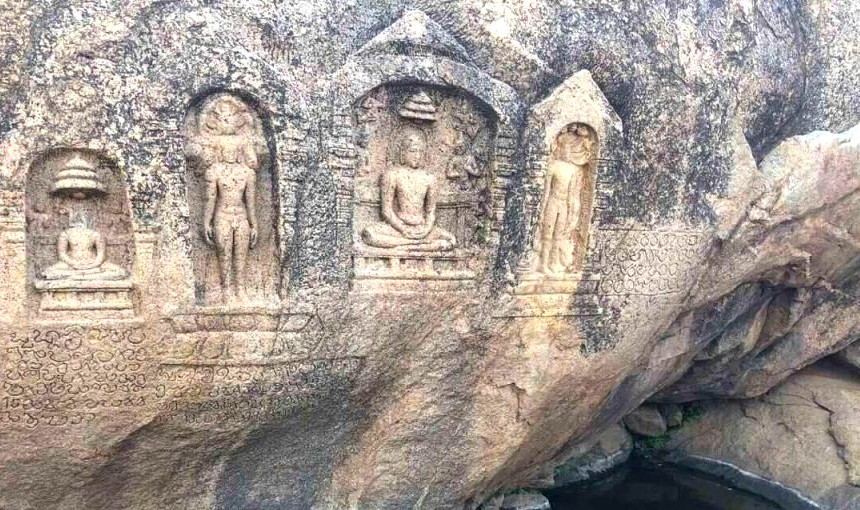
Samanar Hills Madurai India: A Little History
The caves in these hills were carved largely during the 8th to 12th centuries, primarily as places of refuge and meditation for Jain monks. Over the centuries, these hills have been a silent witness to various historical events, including invasions and battles. The most notable of these was during the Delhi Sultanate's incursion in 1311, which led to the loss of many religious sites, yet the resilient community rebuilt and preserved their sacred heritage. The current population of Madurai, about 1.4 million, reflects a tapestry of cultural and spiritual traditions, with the Samanar Hills standing as a testament to their enduring connection to nature and spirituality.
Sacred Spaces
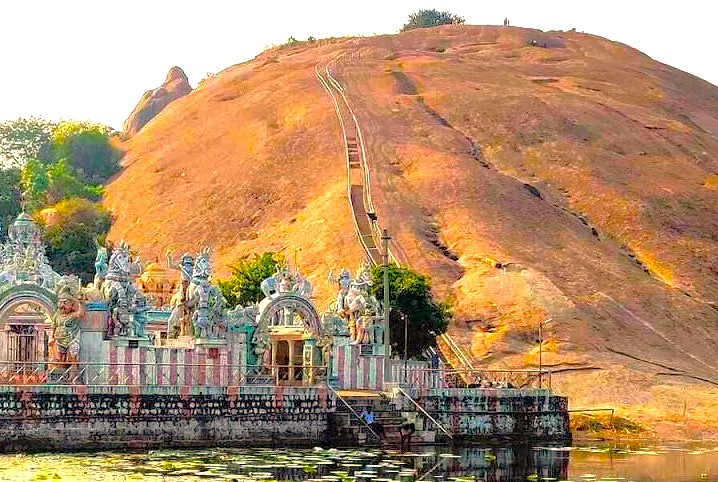
As we venture into the heart of this intriquing site, we encounter a wealth of artifacts that are emblematic of the Jain heritage. The hill is adorned with rock-cut caves that date back to the 8th century, revealing intricate carvings and inscriptions unique to this sacred space. Among these, the Settipodavu cave is particularly notable, featuring stunning representations of Tirthankaras, revered figures in Jainism. These ancient artworks offer a fascinating glimpse into a bygone era. We appreciate the meticulous detail preserved on these stone surfaces for us all.
Ancient Mosaics: Impeccable Craftsmanship
Samanar Hills Madurai India. Walking through these ancient caves, you will be amazed by the craftsmanship that highlights the profound dedication of the artisans from centuries past. Notable is the intricate stonework that dates back to the 10th century, characterized by detailed carvings depicting religious figures and narratives important to the Jain faith. The artistic styles reflect the cultural influences of the time, particularly the Nayak Dynasty, which patronized these crafts. One standout example is the exquisite carving of Mahavira found within the caves, showcasing not just the skill of the sculptor but also the spiritual significance of their work.
Where Silence Slept: The Monk Beds of Samanar Hills
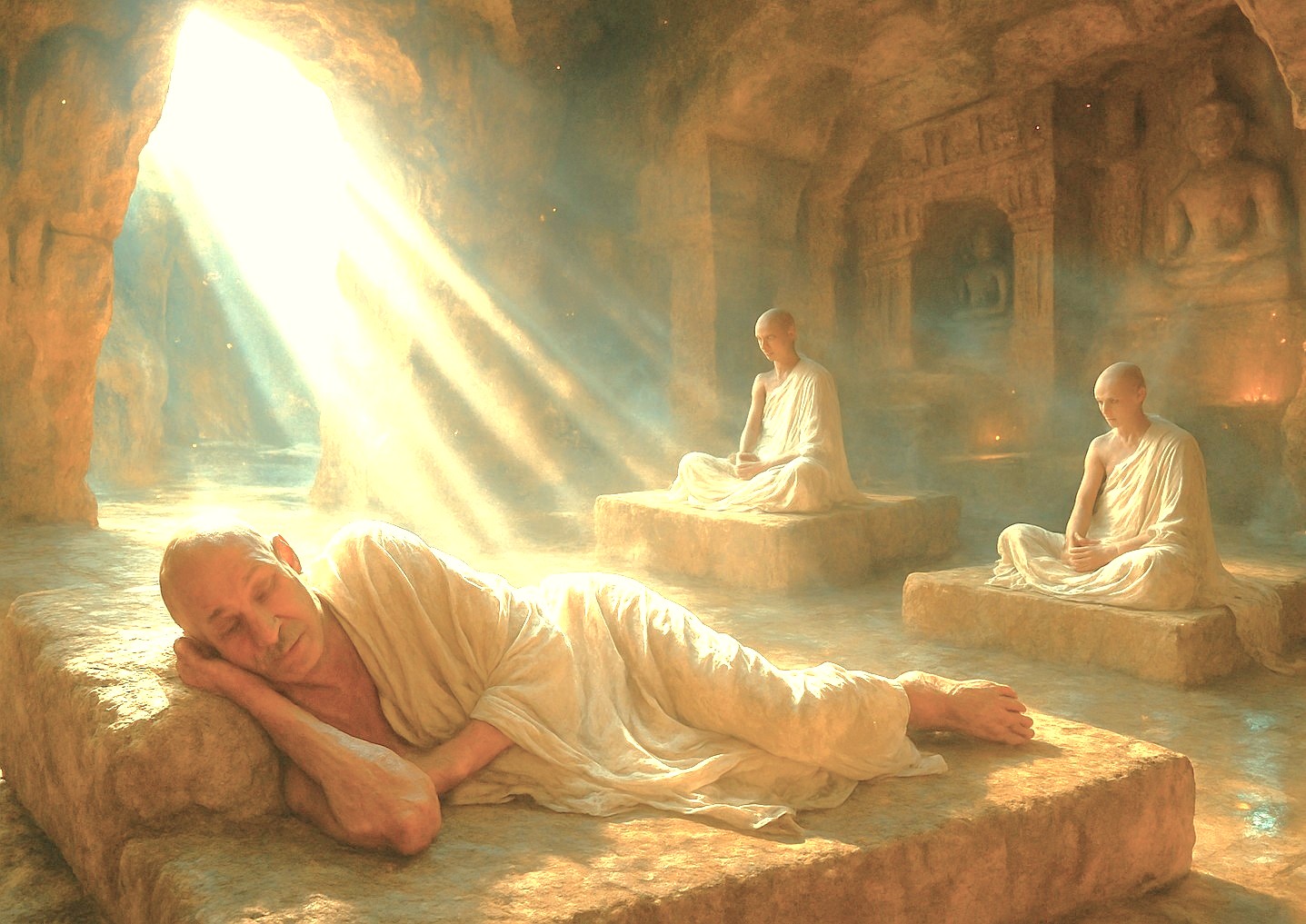
Carved into ancient granite slopes, the stone beds of Jain monks are flat, unadorned platforms etched directly into the rock. Over 2,000 years ago, monks used these simple rock-cut niches for rest and deep spiritual discipline. Without worldly comforts, the stone beds symbolized their total renunciation of physical indulgence. Each bed, with a slightly raised stone headrest, was a testament to an ascetic life. Nearby Tamil-Brahmi inscriptions and carvings hint at a thriving, disciplined monastic community. We observe the profound simplicity, revealing dedication. This ancient site offers us a quiet glimpse into their way of life.
The Pulse of the Local Community
In this area, the local community of Samanar Hills Madurai, exudes a warm and welcoming atmosphere, fostering an inviting spirit for anyone exploring these hills. The people are known for their hospitality, eager to share their rich cultural traditions and the historical significance of their surroundings. This deep-rooted connection to their past enhances the experience for visitors, creating a harmonious blend of old and new. You will find that the locals actively participate in preserving the spiritual essence of the the Hills.
Capturing the Magic: A Photographic Haven
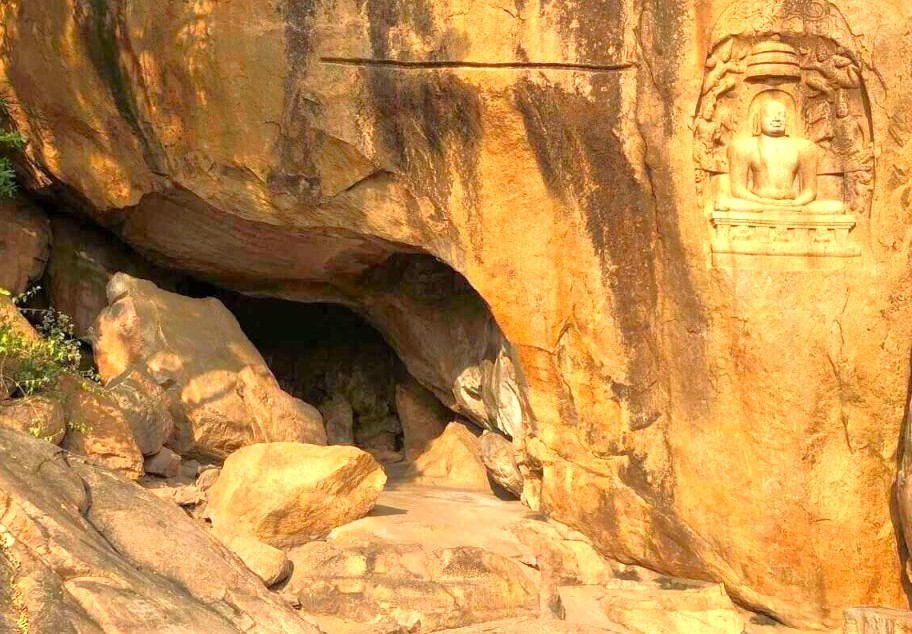
Offering an opportunity for photography enthusiasts to capture the stunning beauty of the landscape and the intricate details of the ancient structures. The unique rock formations combined with greenery provide a breathtaking backdrop, making every angle an invitation to seize the moment. Photographers can play with the morning light as it illuminates the ancient carvings, revealing textures and stories etched in stone. The contrast between the weathered rock and plant life creates dynamic compositions. We find many chances to photograph the unique vistas here.
Festivals of Devotion: Honouring the Sacred and the Divine
Samanar Hills Madurai India. Festivals at this site highlight the deep sense of spirituality embedded in local traditions. One of the most significant celebrations is Mahavir Jayanti, observed on the 13th day of the bright half of the month of Chaitra, usually occurring in March or April. This festival marks the birth of Mahavira, the last Tirthankara, and includes elaborate processions, community gatherings, and rituals that invoke blessings and spiritual renewal. During this time, the hills come alive with the sounds of prayers and the vibrant display of cultural expressions that bind the community together.
The Connection with the Gods
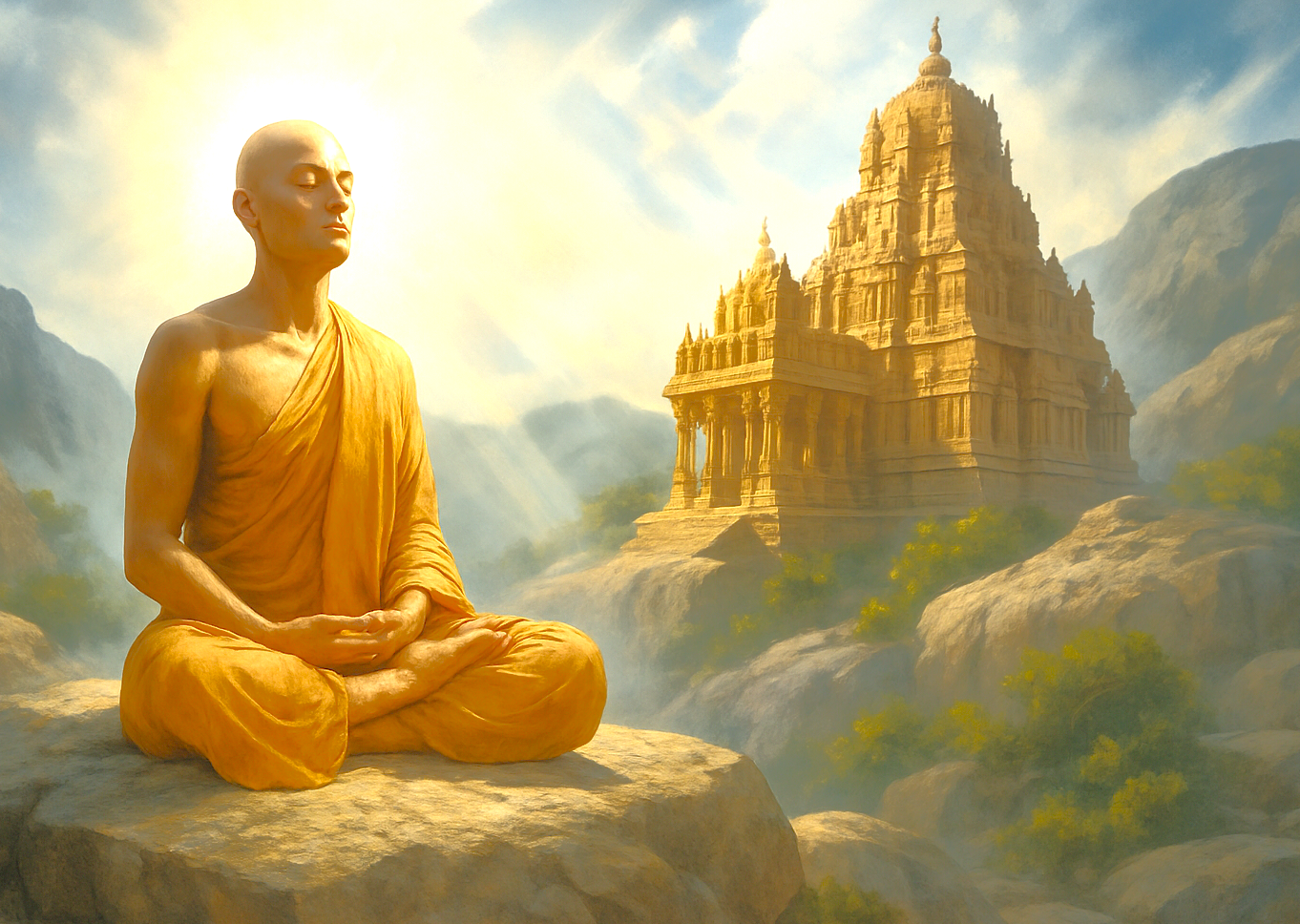
This site connects us to deities revered in Jainism, particularly Mahavira. He achieved enlightenment here, according to long-held tradition. His teachings emphasize non-violence, truth, and asceticism as core principles for us. These are ingrained in the local population's spiritual practices here. Stories about his meditative practices in these hills echo through time. They infuse the entire area with a serene and ancient presence. We feel this connection, seeking to align ourselves with Mahavira's teachings. This place offers a quiet spot for reflection and understanding.
Ancient Technologies: Sacred Sound, Geometry, Astrological Influences
Samanar Hills Madurai India. The ancient artisans' profound understanding of sacred geometry and acoustics. Each cave is intricately designed with geometric shapes like circles, squares, and triangles, reflecting spiritual principles and creating harmonious spaces for meditation. They are also crafted to resonate at specific frequencies, such as the 396 Hz Solefeggio frequency, known for liberating guilt and fear. The skillful manipulation of rock formations allows sounds to echo beautifully. Astrological influences further enhance the caves’ significance, with entrances aligned to capture celestial phenomena during solstices and equinoxes.
Resilience and Renewal: Overcoming Adversity’s Challenges
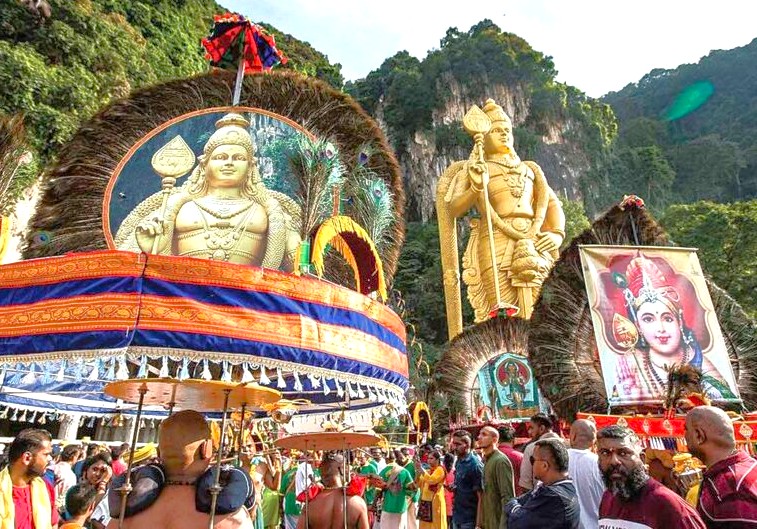
The history of this region is marked by periods of adversity, particularly during the 1311 invasion by the Delhi Sultanate. This event led to the destruction of many religious sites across the land for us. The impact was profound, displacing communities and dismantling cultural structures that had thrived for centuries. However, the spirit of the local people prevailed through these challenging times for everyone. Through collective rebuilding efforts, they restored many sacred sites, ensuring that their cultural identity remained fully intact.
Urban Legends: Strange Sightings, Myths and Mysteries
The Hills are steeped in legends, many of which tell stories of mythical sightings and ancient sages. One enduring tale involves the spirit of an ascetic who is said to appear during quiet evenings, guiding lost pilgrims through the hills. Another legend speaks of powerful celestial beings who descended to impart wisdom to the monks.
Pack Your Spirit of Adventure: Leap Before You Look
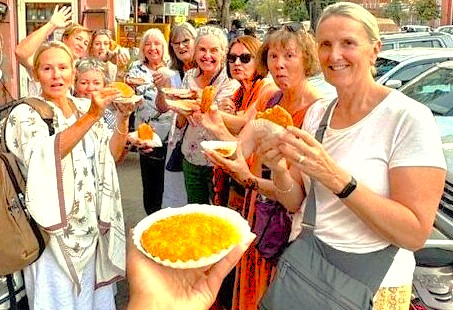
Samanar Hills Madurai, India, beckons us to explore this serene landscape. We uncover the historical and spiritual wonders of these ancient hills. On this journey, we engage with both nature's tranquility and deep cultural heritage. From hiking peaceful trails to contemplating within ancient caves, each step brings new discoveries for us. We immerse ourselves in the stories of ascetics and artisans. This landscape has inspired seekers of serenity over the ages, and we experience it now. This sacred place offers a quiet retreat from the everyday hustle and bustle.
Symphony of Generosity: Offerings from Wanderers to Residents
Samanar Hills Madurai India. The exchange between the local community and those who journey here fosters a nurturing spirit that enriches everyone involved. When we purchase goods from local artisans or partake in traditional meals, we contribute to the sustenance of their cultural practices while also enhancing our own experiences. This interplay between travelers and residents cultivates a dynamic atmosphere, encouraging the sharing of stories and knowledge, and creating a tapestry of collective history that honors the spiritual essence of the Samanar Hills.
Stair Walk Alternatives
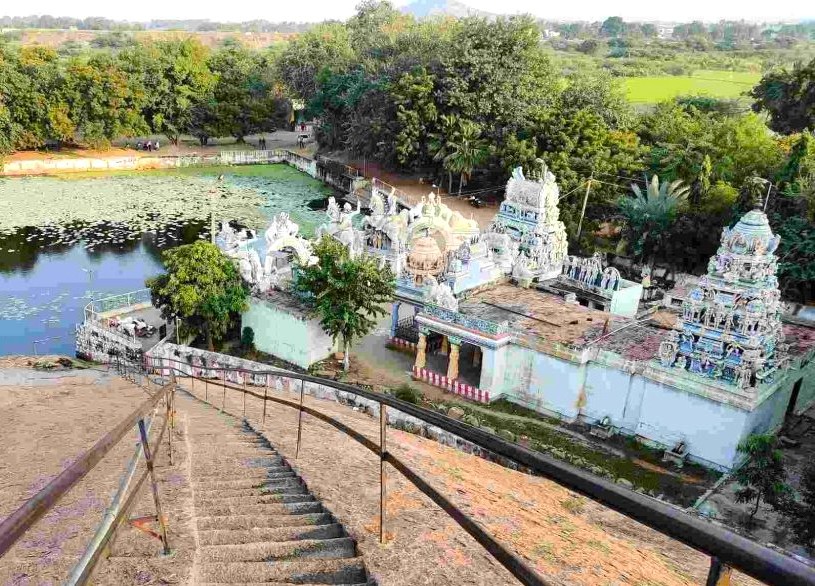
Scenic Views: The drive to the base of Samanar Hills offers beautiful views of the surrounding landscape, making it a pleasant trip. Even if visitors can't reach the temple, the journey itself is enjoyable.
Cultural Experience: The area is rich in history and Jain heritage. Exploring the base and surrounding areas provides insight into the local culture.
Alternative Activities: Guests can find other nearby attractions or activities that are more accessible, including local markets, nature walks at lower elevations, or interactions with local communities.